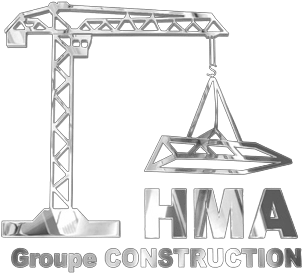HMA Groupe Construction
© 2021 HMA GROUPE CONSTRUCTION. All rights reserved.
Electrical and Plumbing entrances
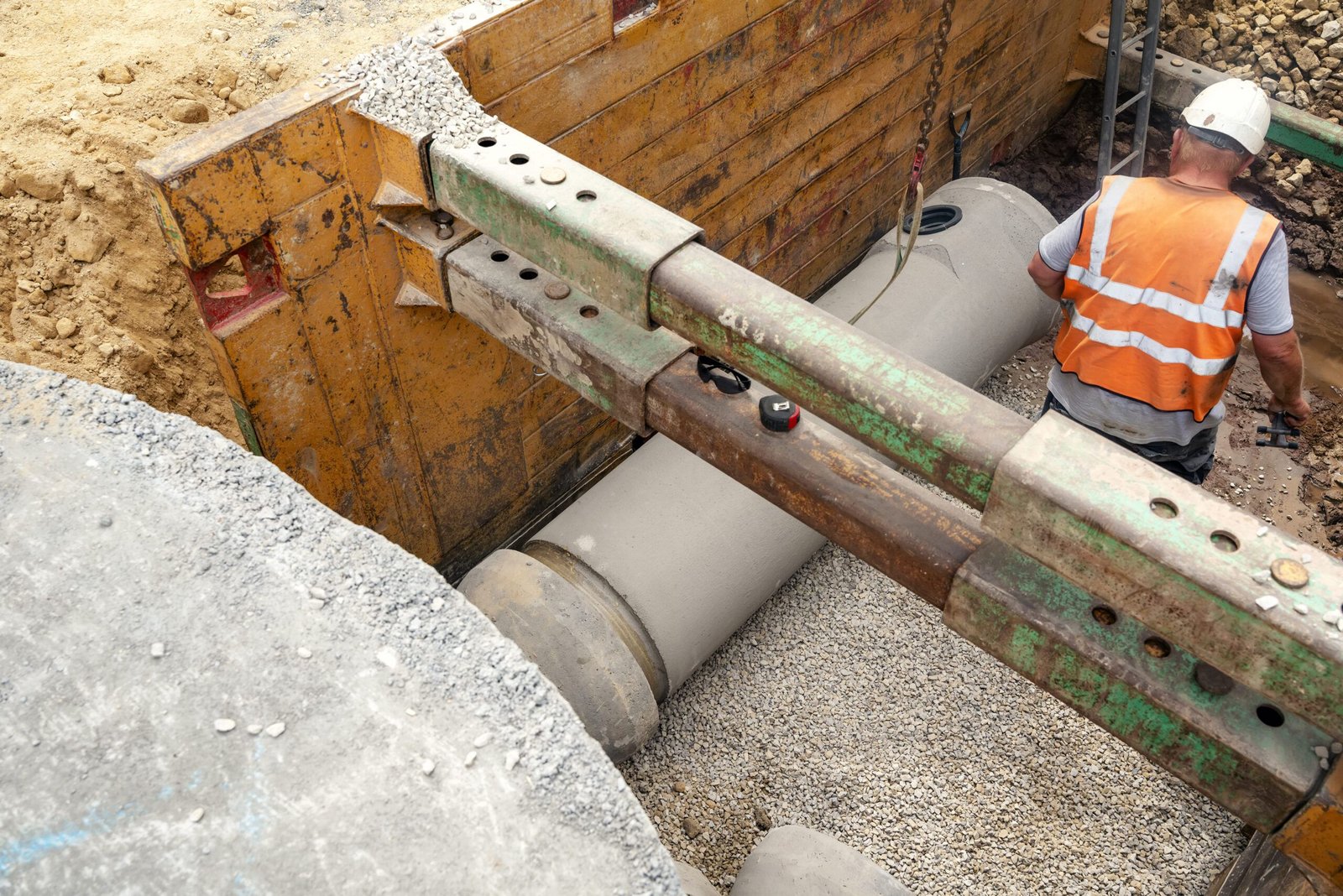
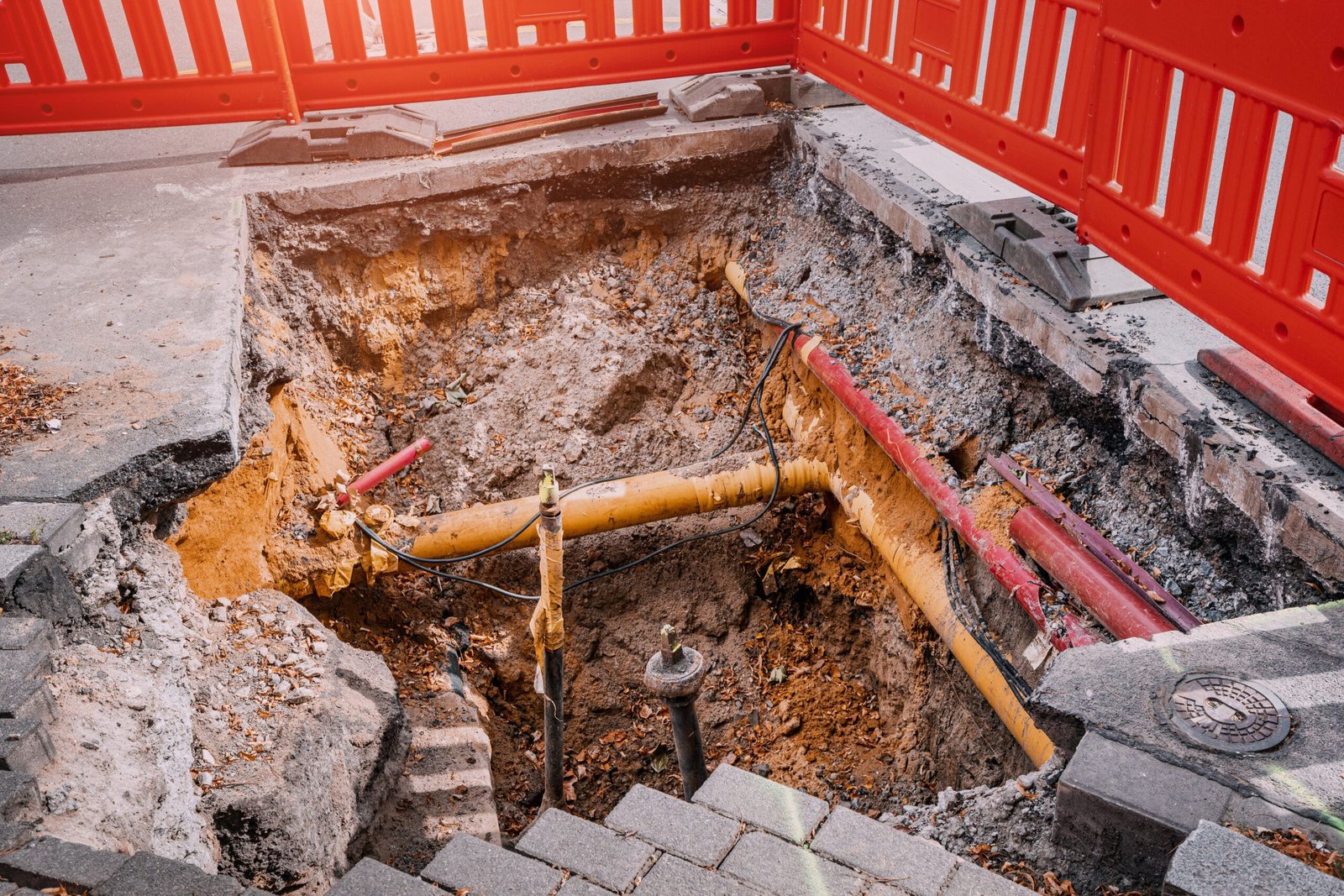
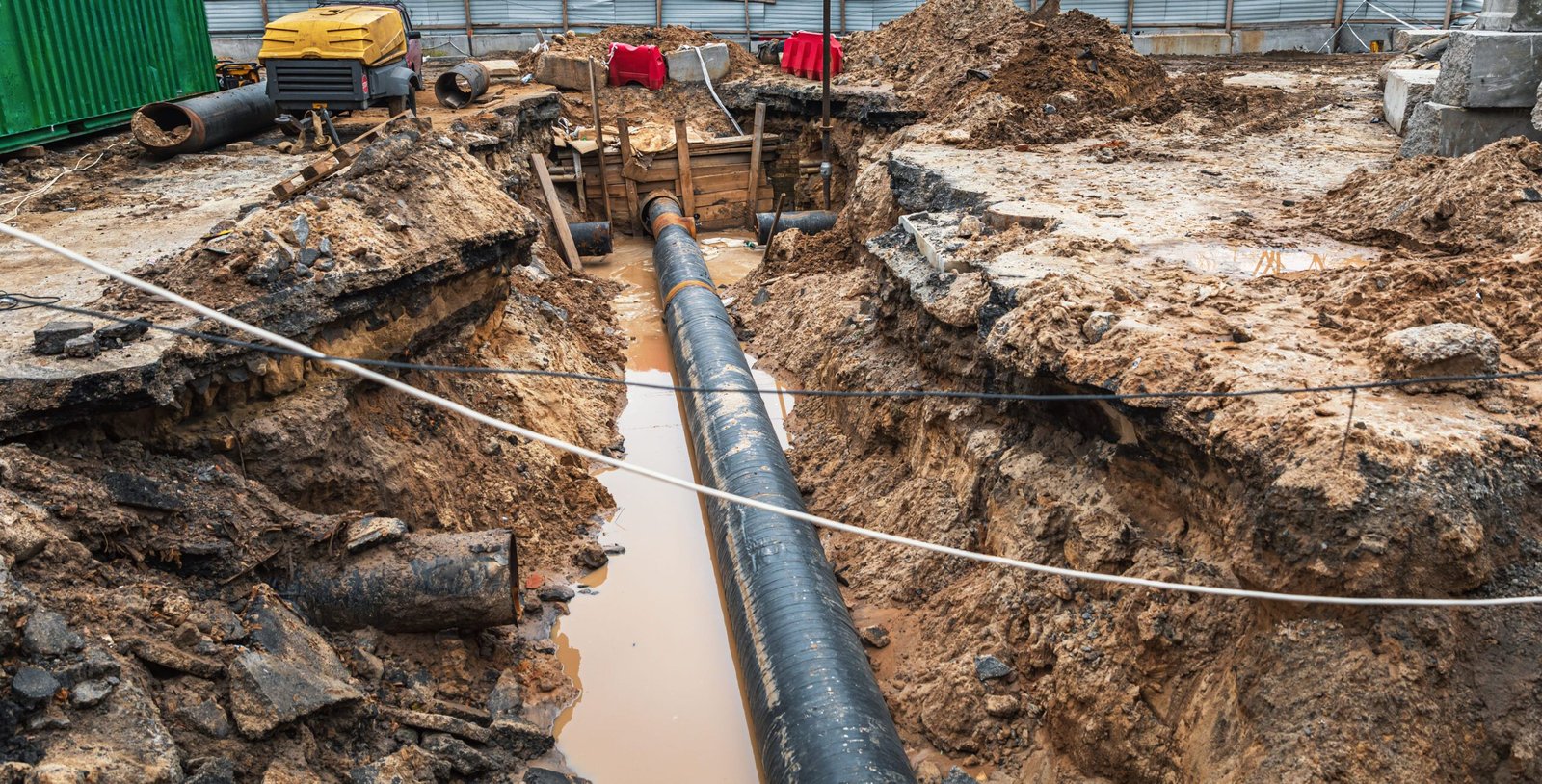
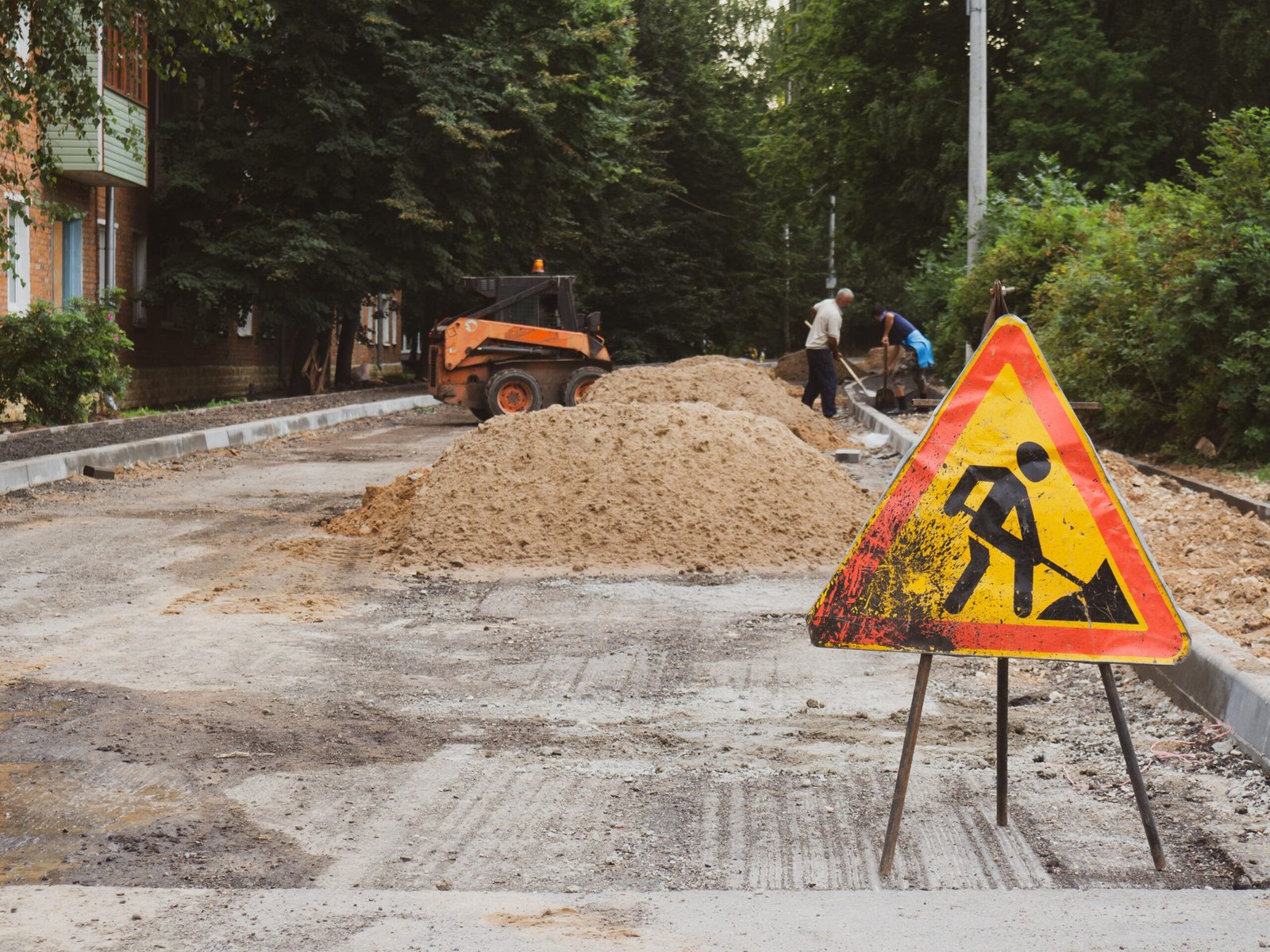
Plumbing Water Entrances
It encompasses the complex network of pipes, fixtures, and systems responsible for delivering clean water, managing waste, and ensuring the comfort and functionality of homes, businesses, and public spaces.
- Residential: Residential plumbing stands as a foundational element that shapes the comfort, convenience, and functionality of our homes.
- Commercial: It encompasses a complex network of pipes, fixtures, and systems that ensure the delivery of clean water, manage waste, and maintain the seamless operation of commercial establishments, from office complexes to retail centers and hospitality venues.
Plumbing:
- Water Supply Entry;
The water supply entry is the primary point where the building connects to the public or private water supply system. It typically involves a water service line that brings fresh water into the building. This line is equipped with a shut-off valve, known as a main water supply valve, which allows the building to control the flow of water.
- Plumbing Fixture:
Plumbing entrances lead to various plumbing fixtures and appliances throughout the building. These fixtures include sinks, faucets, toilets, showers, bathtubs, washing machines, and dishwashers. Each fixture is connected to the water supply system through pipes and valves.
- Distribution System:
Plumbing entrances also include connections to the drainage and sewer system. These connections allow wastewater and sewage to exit the building and connect to the municipal sewer system or a septic tank. Drainage systems often have clean-out access points for maintenance and blockage removal.
- Ventilation:
Plumbing entrances are associated with vent pipes that extend from drainage and sewer systems to the building’s roof. These vents allow sewer gases to escape and ensure that plumbing fixtures operate correctly by preventing siphoning and air pressure imbalances.
- Backflow Prevention:
Backflow prevention devices may be installed at plumbing entrances to prevent the contamination of the potable water supply. These devices ensure that wastewater cannot flow back into the fresh water supply, protecting water quality.
- Plumbing Codes and Standards:
Plumbing entrances must comply with local building codes and plumbing standards to ensure the safety and proper functioning of the water supply and drainage systems. These codes specify installation requirements, materials, and best practices.
- Future Expansion:
Plumbing entrances are designed to accommodate future expansion and the addition of new plumbing fixtures or appliances. Adequate space and access for service and maintenance are considered in the design.
Electrical:
Electrical entrances, in the context of construction, refer to the points at which electrical power is supplied to a building or structure. These entrances serve as the gateway for electricity to enter the building’s electrical system and are crucial for distributing power to various circuits and devices within the structure.
- Main Service Entrance:
The main service entrance is the primary point of connection between the electrical utility company’s grid and the building. It usually consists of the electrical service panel or distribution board, metering equipment, and the main disconnect switch. The main disconnect switch allows for the disconnection of power in case of emergencies or maintenance.
- Utility Connection:
Electrical power is typically supplied to a building through overhead power lines or underground electrical conduits. The connection point, where the building’s wiring meets the utility’s power supply, is known as the service point. This is where the electrical meter, which measures the electricity usage, is installed.
- Electrical Panels:
Electrical panels, also called distribution boards or breaker boxes, are located within the main service entrance. These panels house circuit breakers, fuses, and other protective devices that control the distribution of electricity throughout the building. Circuits for lighting, outlets, appliances, and various electrical systems are connected to the panel.
- Load center:
The load center is the central point from which power is distributed to various circuits within the building. It is essential for managing electrical loads and ensuring a safe and efficient distribution of electricity.
- Overcurrent Protection:
Circuit breakers and fuses within the electrical panel are designed to protect the electrical system and connected devices from overcurrent and short circuits. They can be tripped or blown to interrupt the flow of electricity when needed.
- Electrical Codes and Standards:
Electrical entrances and the entire electrical system in a building must adhere to local building codes and safety standards. Compliance with these regulations ensures the safe installation, operation, and maintenance of the electrical system.
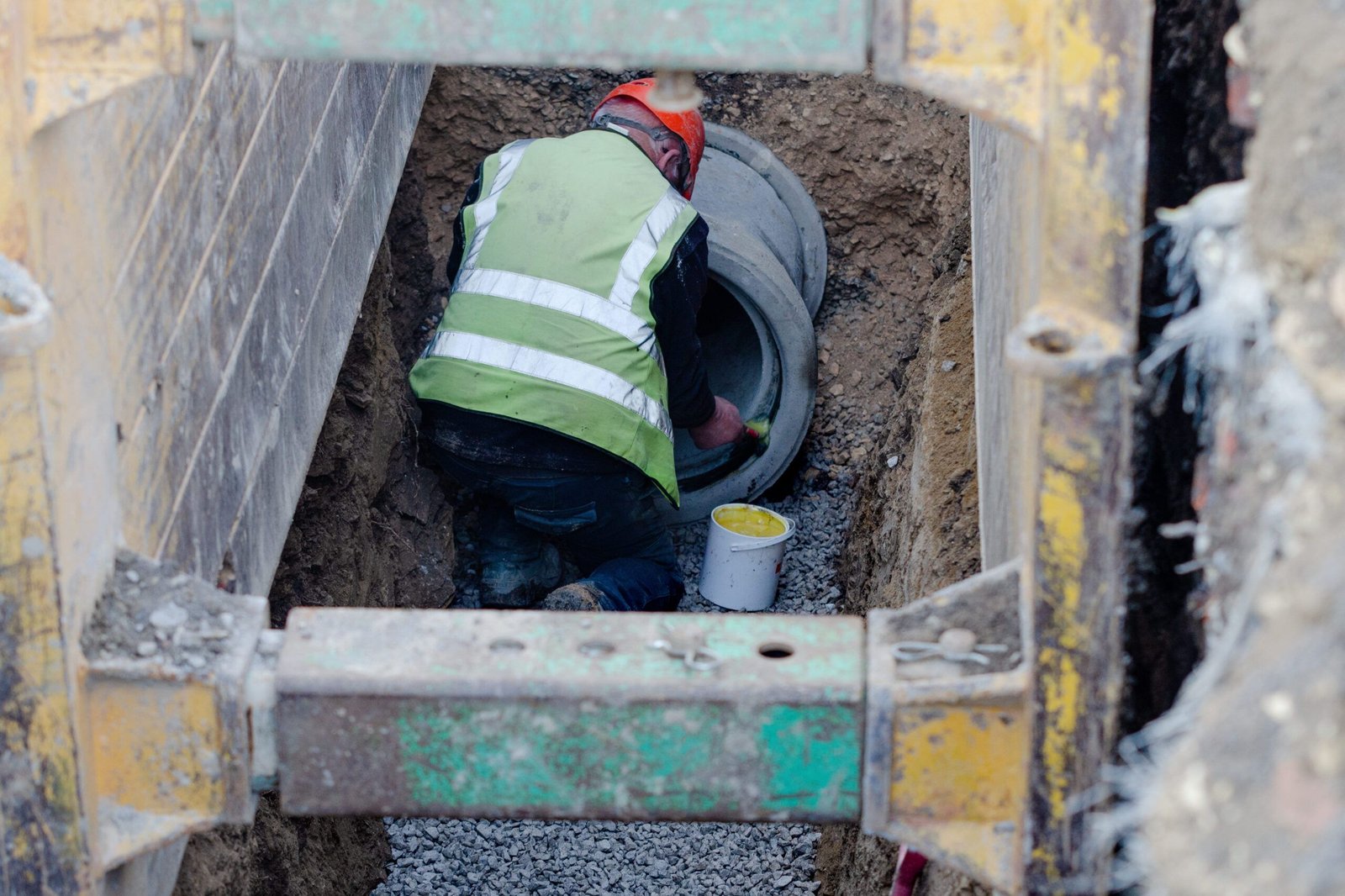
Contact Us:
Ready to enhance the exterior of your property? Contact HMA Groupe Construction today to schedule a consultation. We offer personalized assessments, detailed quotes, and customized solutions to bring your vision to life. Call us or fill out the contact form on our website. We look forward to assisting you in transforming your property’s exterior.

